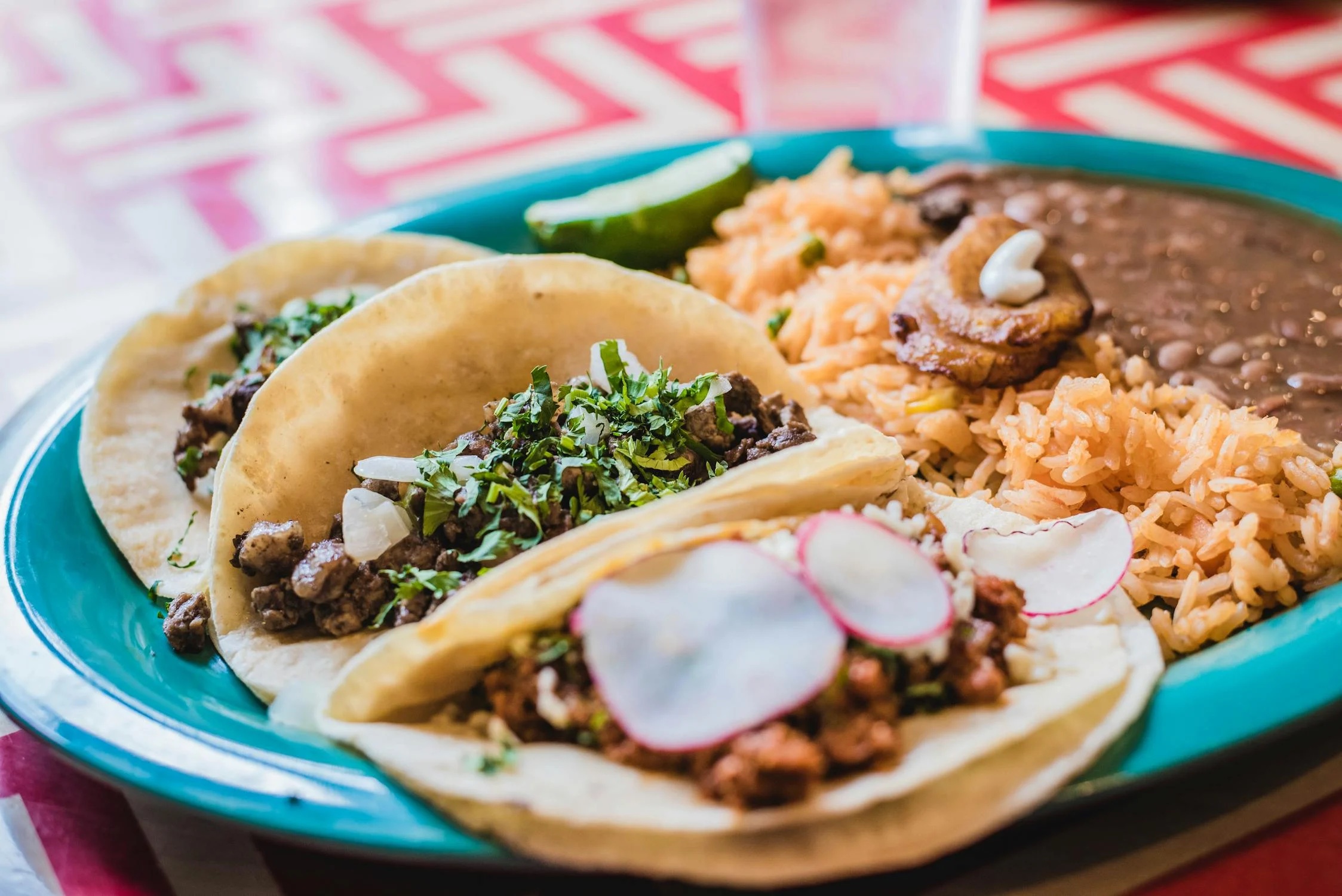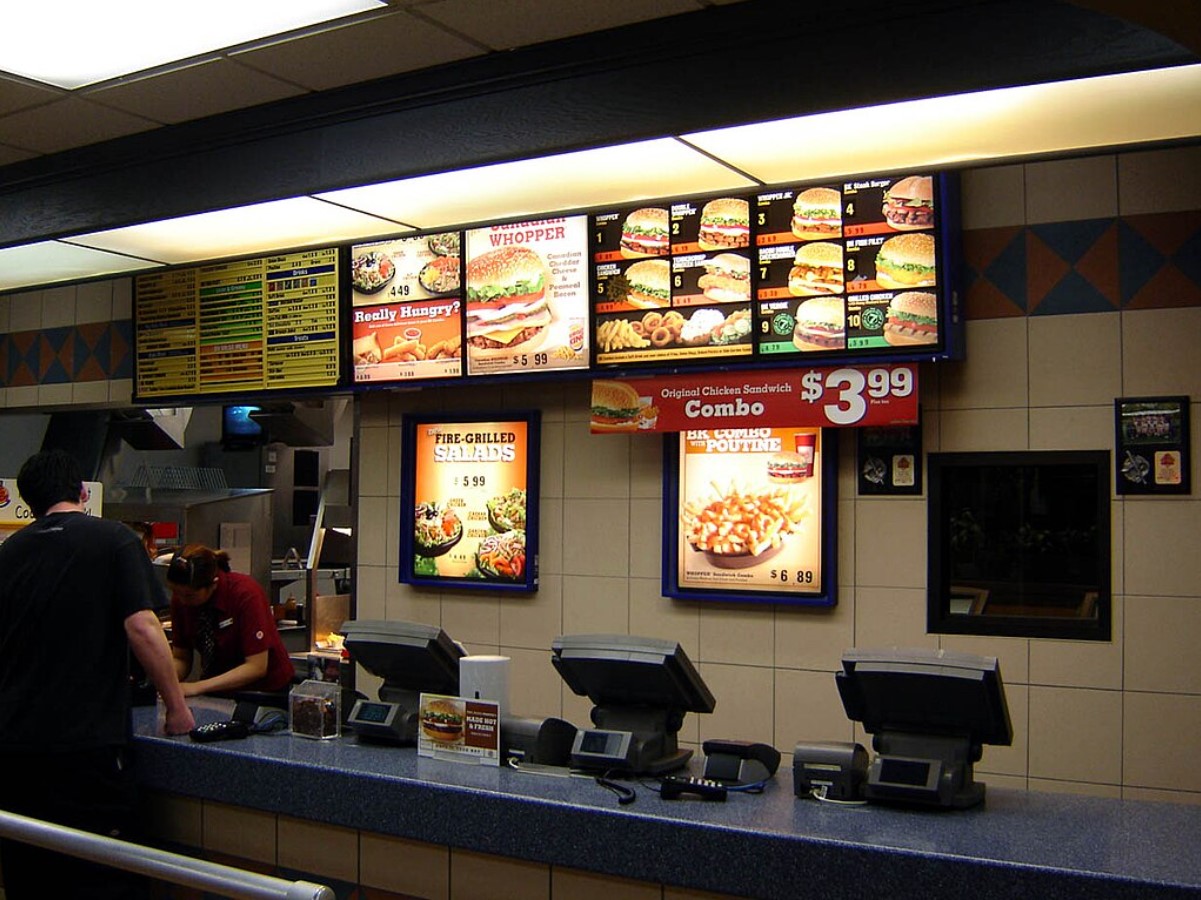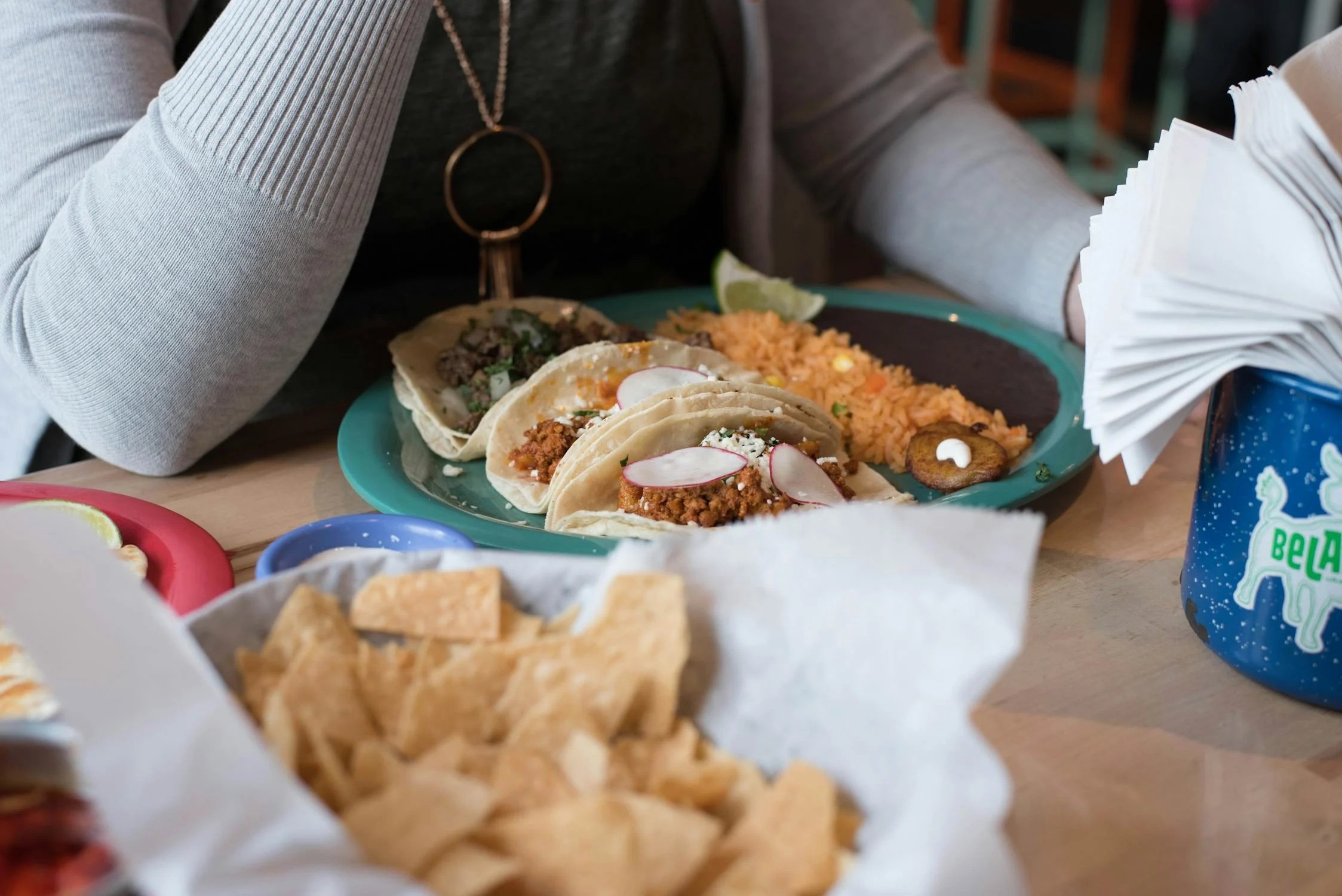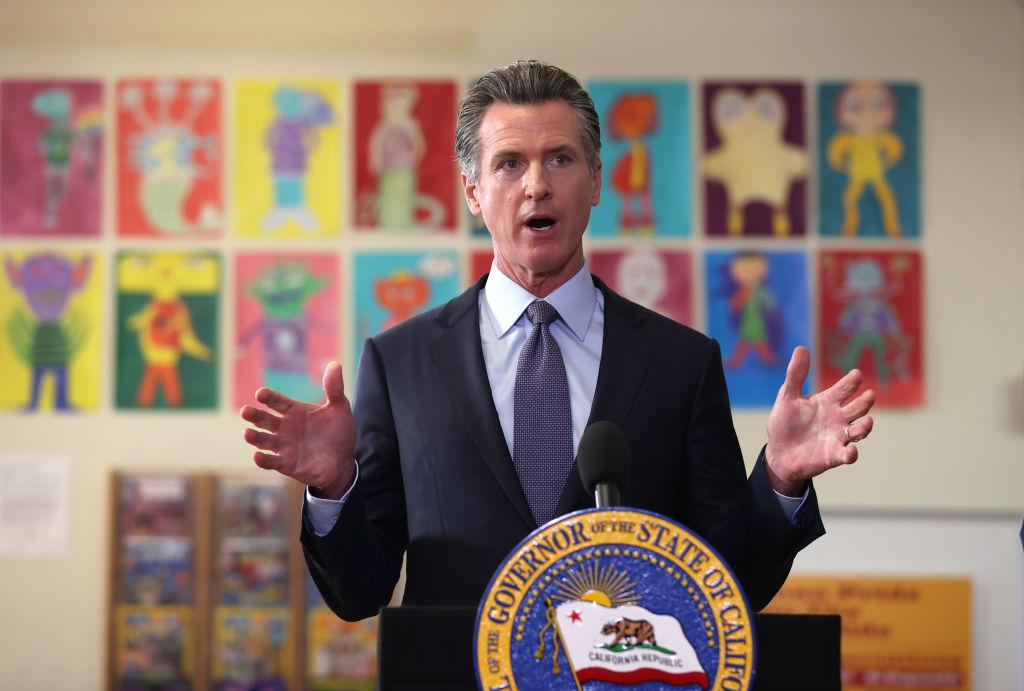Newsom’s Minimum Wage Hike Intensifies College Food Insecurity for Over 80% of Students in California
Fast food was once an affordable option for those facing financial difficulties in the United States. However, its prices have sharply increased in recent years. Gavin Newsom’s new minimum wage hike has further exacerbated this trend, raising concerns about food affordability.
A little-talked-about negative side effect of menu price inflation has left over 80% of California’s college students, who typically consume fast food regularly, struggling to afford to eat.
College Students Rely on Fast Food
For many decades, fast food was considered a cheap and quick meal for millions of Americans throughout the US. Yet, no demographic relied on its convenience and pricing quite like college students.

Source: Chitokan C./Pexels
College students typically live on fairly tight budgets, and so they are generally worried about nutrient-dense foods. Thus, fast food has remained a great option. However, due to inflation and other issues, fast food has become increasingly more expensive over the past decade, and this is beginning to affect college students.
New Study On Students Eating Habits
A recent study conducted by FASEB shed light on college student’s eating habits and how often they go to fast food restaurants each week.

Source: Priscilla Du Preez/Unsplash
After an in-depth survey, the study revealed that 84% of college students regularly visit fast food restaurants, and 54% admit they do so at least once a week.
Fast Food Prices on the Rise
Once considered a cheap option, fast food prices have experienced a dramatic surge over the past decade. A report from The Bureau of Labor Statistics reveals annual inflation in the fast food sector is currently 4.8%. Since 2014, prices in “limited-service restaurants” have jumped by 47%.”

Source: Wikimedia
Such an increase in pricing has begun to affect students whose budgets are tight, as they rely on cheap meals throughout college.
College Students Priced Out of Eating Fast Food
As college students have little money, the ever-increasing prices at fast food restaurants are driving many of them out of the option.

Source: Freepik
The average price of a burger combo meal at a McDonalds restaurant in the US varies between $12 and $18, which is 50% to 125% more than the national minimum wage of $7.25. However, Californian students are experiencing further problems due to the implementation of Newsom’s recent wage hike.
Newsom Increases Fast Food Minimum Wage
The state of California raised its minimum wage for all fast food employees from $16 to $20 in April after Gavin Newsom signed California Assembly Bill 1287 into law.

Source: Wikimedia
Unfortunately, this has further increased menu item prices in the Golden State, and many students are now struggling to afford the $20 individual meals cost.
The Effects of Bill 1287
Newsom was hopeful the new bill would help the 540,000 Californians who work in the industry better cover their monthly expenses. However, the new legislation has also negatively affected those who frequent fast food restaurants.

Source: Freepik
Popular chains like Chipotle and McDonald’s have been forced to lay off thousands of workers while raising menu item prices simply to cover the increasing cost.
College Students Can No Longer Afford fast food
Unfortunately, Newsom’s minimum wage hike has left many students who rely heavily on the low prices at fast-food restaurants feeling like they can no longer afford to eat there.

Source: Freepik
As fast food prices continue to climb in California, many students are experiencing food insecurity. Their strict budgets can no longer keep up with the ever-increasing prices.
Colleges Try and Implement Ways to Help Students
Several colleges in the US have tried to implement ways to help students who are struggling financially. UC Berkeley, for example, has organized a food bank that supplies food to students in need through donations.

Source: Freepik
Students can visit the pantry and bring home fresh produce and canned goods as needed. However, there are several reasons as to why this won’t help all students in the US.
Not All College Students Have Kitchens
Unfortunately, the majority of first—and second-year college students live in dorms without kitchens or cooking areas.

Source: Chitokan C./Pexels
In addition, many universities prohibit students from using hot plates, microwaves, or any other cooking device in their rooms. While some likely break the rules, most don’t, rendering canned foods and fresh produce from the pantry essentially useless.
Students Are Embarrassed
As food pantries such as the one set up by UC Berkeley have been set up to specifically help those struggling, finally, some students refuse to take the food as they don’t want their peers to know they come from a low-income family.

Source: Freepic.diller, Freepik
Most students are between the ages of 18 and 22, but they still care very much about how their new college friends perceive them.
Californian Fast Food Prices Will Continue to Climb
Students living in California and, to some extent, the wider US are now facing food scarcity as they can no longer keep up with the inflated prices of menu items, and it seems things will only get worse.

Source: Justin Sullivan/Getty Images
It’s clear that fast food is no longer a cheap option for many students and families in the United States. According to 80% of Americans who participated in a study, it’s a luxury that can only be enjoyed on rare occasions.
